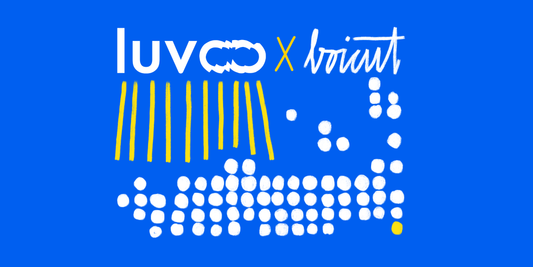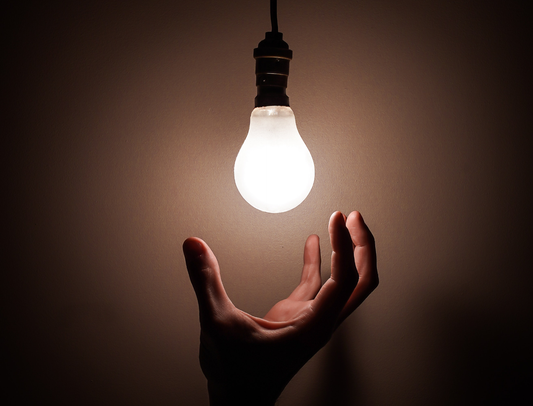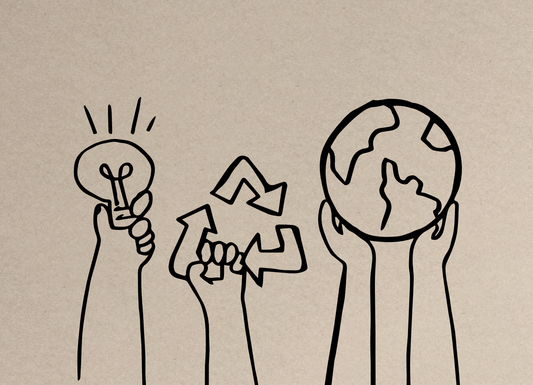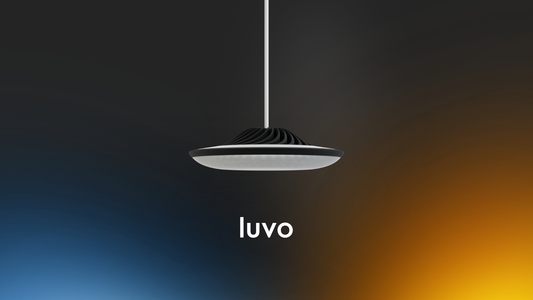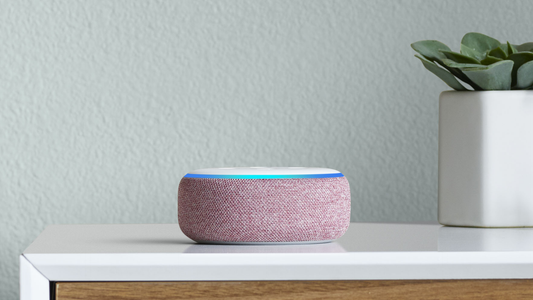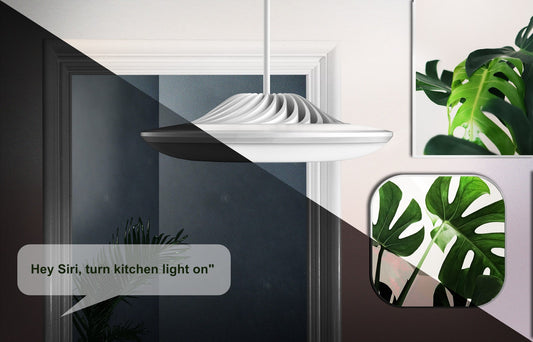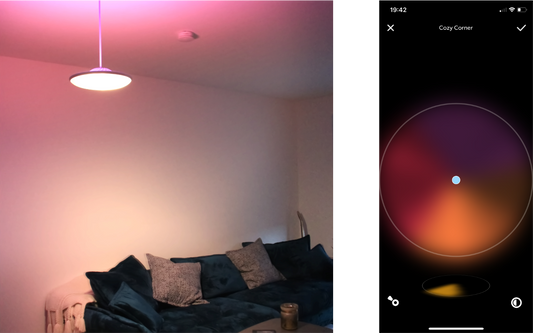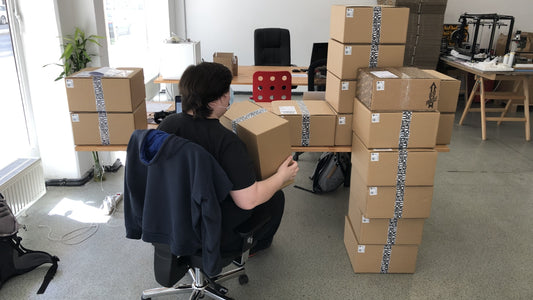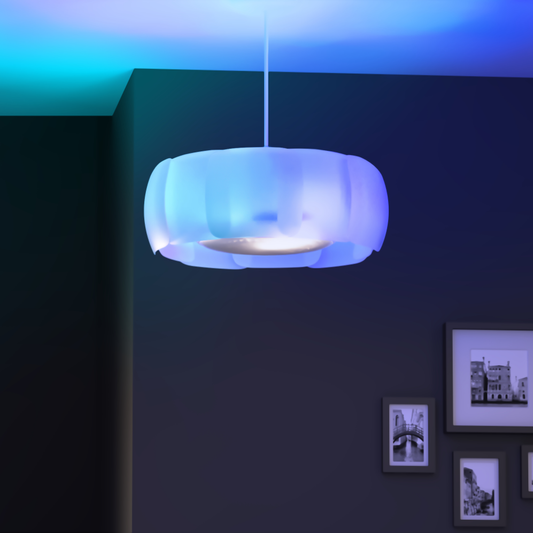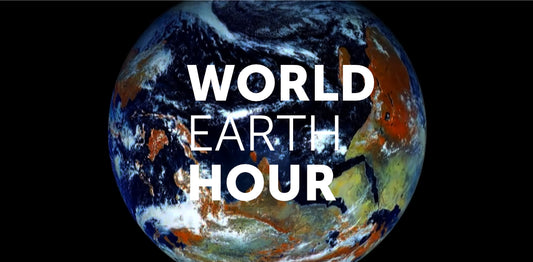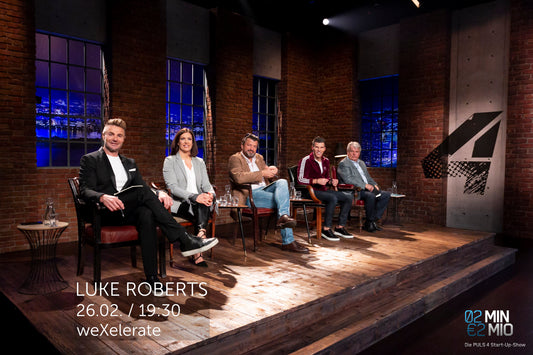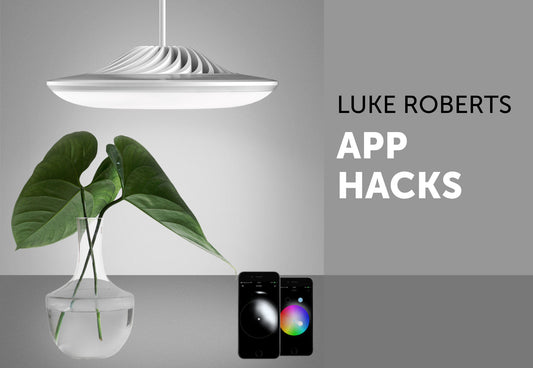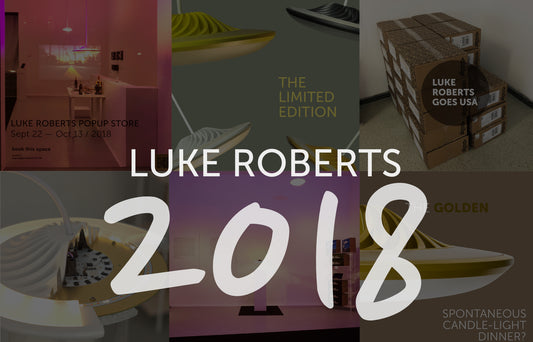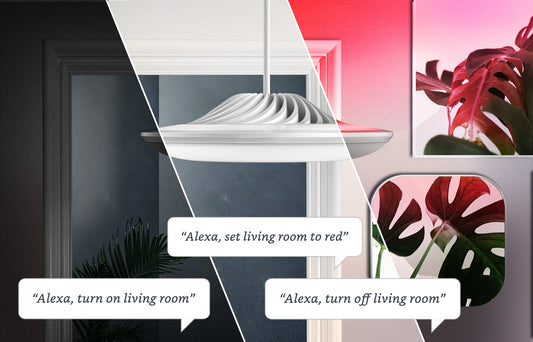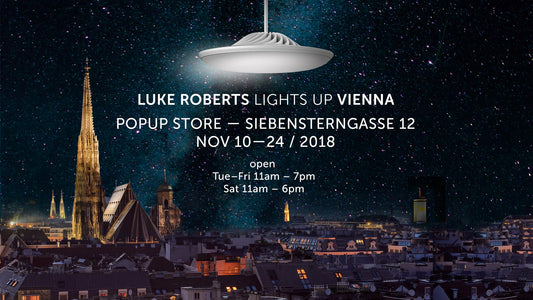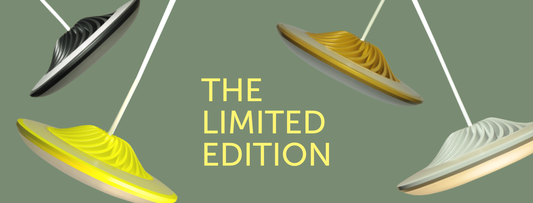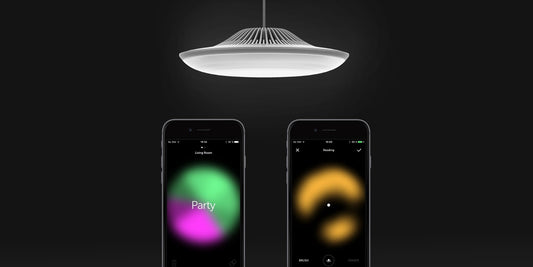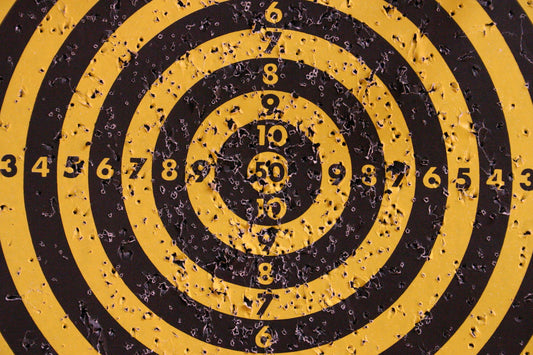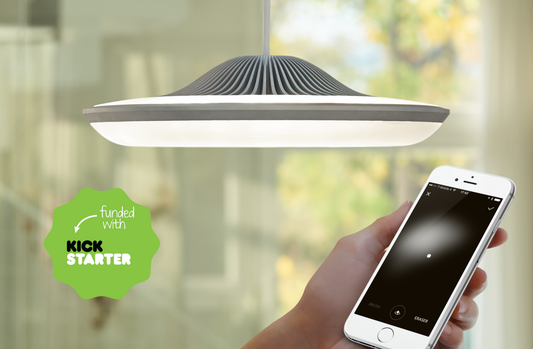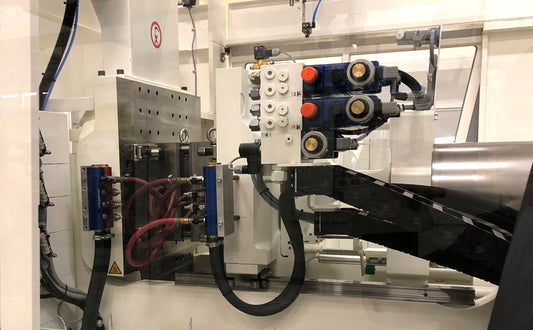
LED is the new MP3!

MP3 killed the music labels business model — LED might do the same to the lighting industry ….
The advent of MP3s in the late 1990s changed the music industry forever. Revenues of large record labels plunged, new products were invented (MP3 player) and new services emerged (music streaming), significantly enhancing the customer experience. The business model of record labels did not work anymore and it took them years to adapt to this radical change.
Now, due to the ban on incandescents in most countries around the world, LEDs are changing the lighting industry in a similar way.
Large lamp manufacturers promoted the ban on incandescents to accelerate the switch to CFLs (compact fluorescent lamps = energy-saving lamps) which have higher margins and would therefore increase the manufacturer’s profits. The business model would remain unchanged: selling lamps that fit the same old screw fastening and that need to be replaced regularly. However, customers did not adopt the forced switch to CFLs and the new LED technology emerged much faster than expected. Like the record labels, lamp manufacturers came to realize that they missed to adopt a new technology and competitors are having a head start.
Large companies often undergo three phases when confronted with transformational innovations:
1. Not understanding the customer
For a long time, record labels believed that customers are happy with CDs holding only 80 minutes of music, that they do not want to buy single songs, or that they do not want to listen to their music on the go without carrying around a ton of CDs. They also did not understand that people might want to carry “1.000 songs in their pocket”, as Steve Jobs promised when introducing the original iPod.
The large lamp manufacturers (Philips, OSRAM and GE) tried to sell CFLs with higher margins and completely ignored their customer’s needs. They thought that they are fine with CFLs that produce cold and unpleasant white light, need up to a minute to reach full brightness, and have a shape that does not go well with an expensive design fixture. Not to mention the use of poisonous mercury that scared a lot of customers away. They did not understand that customers do not want just a light source but also a good looking product with a good user experience.
2. Getting surprised by new technologies
Free MP3 encoders allowed everyone to digitalize their CDs and listen to their music and share it very easily. Due to the reduced size of the compressed music files, file-sharing platforms emerged and songs could be shared over the internet, although illegally at the beginning. Customers happily adopted these services because of their convenience and superior features. These changes disrupted old business models of established companies and created opportunities for new competitors.
As customers couldn’t buy incandescents anymore, they turned to newly emerged LED lighting products much quicker than expected. The advantages of LEDs are the small size which allows new designs, long lifetime of up to 25 years, a wide variety of warm and cold white light, and instant full brightness. Innovative start-ups like LIFX and ilumi saw their opportunity to enter the market with smart LED bulbs which can be adjusted using a smartphone. At the same time, large Asian companies started flooding the market with very cheap LED bulbs. Traditional lamp manufacturers were taken by surprise by the rapid transition to LED and the rapid changes in customer demand.
3. Trying to catch up — or giving up
It took the record labels one decade to realize that no lawsuit or digital rights management can bring back the old business model and put the MP3-genie back into the bottle. Nowadays, the market share of illegal file-sharing platforms is diminishing due to services like iTunes, Amazon Prime Music and Spotify who created new ways of paid music distribution for the record labels. The revenue is still lower than before the MP3 revolution, but it is a sustainable business again.
The transformation in the lighting industry is still ongoing. The large lamp manufacturers try to catch up with start-ups and Asian competitors by developing smart bulbs and smart lighting platforms as well as cheaper LED bulbs. It looks like not all three traditional manufacturers will be in the lighting business in the future. Philips announced to focus on medical equipment and consumer lifestyle products and OSRAM is about to spin off its fixture business and keep only the LED production in-house. It remains to be seen who of the large manufacturers will be able to catch up and regain market shares.
Transformations lead to better products and services
The changes in the music industry were challenging for the record labels, but great for consumers. We now have instant access to almost any music in the world for low fees and independent musicians can reach large audiences without intermediaries. Based on the experiences in the music industry, we are certain that within the next few years we will see lamps that are more energy efficient, cheaper and can be adjusted to everyone’s needs and preferences. Not only the products will change substantially, but also the distribution channels. Start-ups and established companies are currently working on the future of LED lighting and we are very much looking forward to their products and services.
